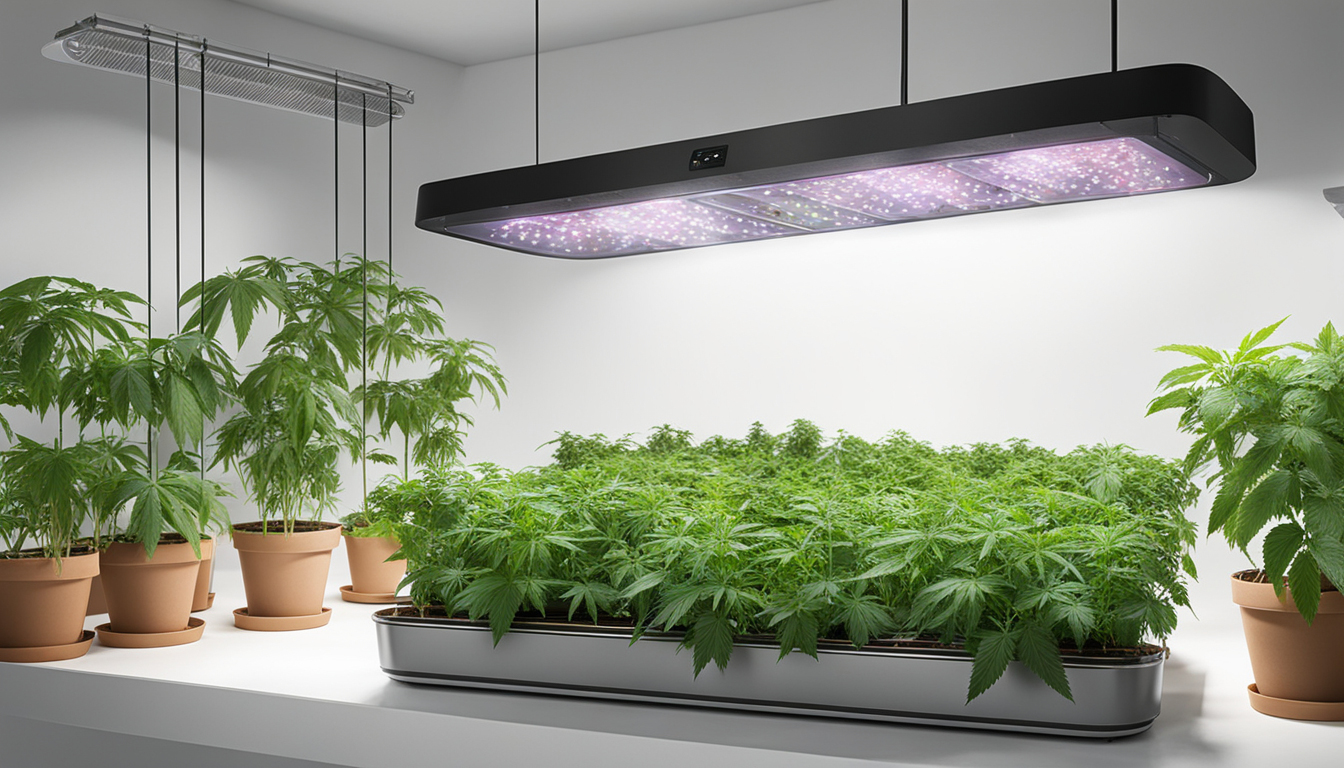
Whether you're just starting out with cannabis cultivation or looking to improve your existing crop, following this complete guide will help you produce bountiful, high-quality yields right at home. With the right supplies, techniques, and care, growing marijuana indoors can be an extremely productive and cost-effective endeavor.
Choosing Cannabis Strains
The first step in planning your indoor crop is selecting the right marijuana cultivars to produce. The three main types of cannabis plants each have their own characteristics.
Sativas
Known for their invigorating intellectual effects, these strains spread tall and slender with narrow leaves. They flourish in tropical equatorial climates and have a longer flowering time between 10-12 weeks indoors. Top sativa varieties include Jack Herer, Durban Poison, Super Lemon Haze, and Jack Herer.
Relaxing strains
These strains provide relaxing full-body effects and grow short and bushy with broad leaves. Adapted to cooler mountain climates, they flower faster within 8-9 weeks. Popular indica strains include Granddaddy Purple, Northern Lights, and Bubba Kush.
Hybrids
Hybrid strains blend traits from both sativas and indicas. They offer combined effects and have moderate flowering periods around 9-10 weeks. Popular mixes are OG Kush, Girl Scout Cookies, and Blue Dream.
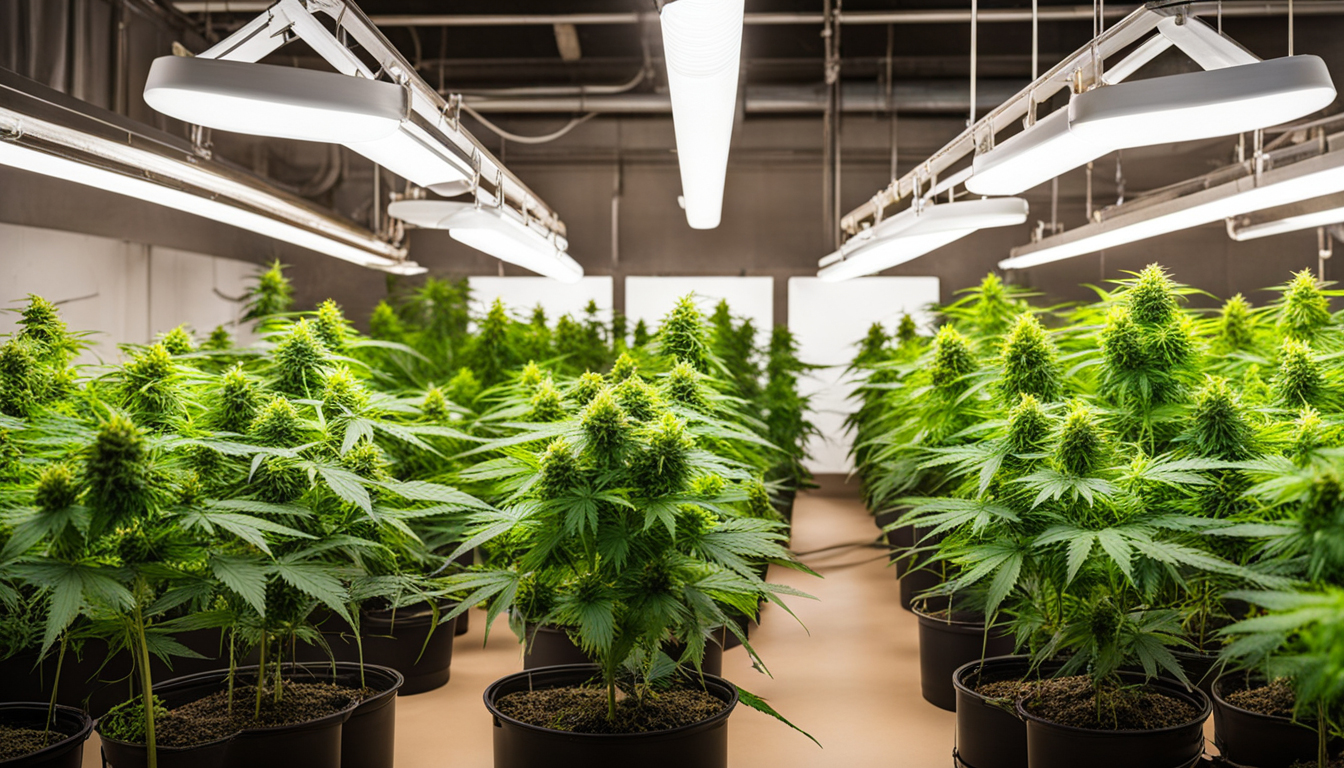
Setting Up Your Grow Space
Pot plants need the right controlled environment to succeed. Key factors for indoor farms are lighting, ventilation, layout, and finding the ideal discreet area.
Location
Choose an available space with quick access to water and electrical outlets. An empty spare room, large closet, basement corner, or cultivation tent tucked away in a garage all make great hidden grow room spots.
Lights
Marijuana requires strong light for all growth stages. LEDs are efficient and come in full spectrum options mimicking real outdoor light. Cover 15-25 watts per sq. ft for the vegetative stage and 20-40 watts per sq. ft. for bloom.
Airflow
Proper airflow and exhaust systems maintain ideal temp, humidity, and pure CO2 levels. Set up silent 4-6 inch blowers or carbon filters to refresh old air and eliminate odors.
Layout
Optimize your space by positioning plants strategically under the lamps and leaving room to access and work around them. Set up separate zones for growth, flowering, drying, and propagation.
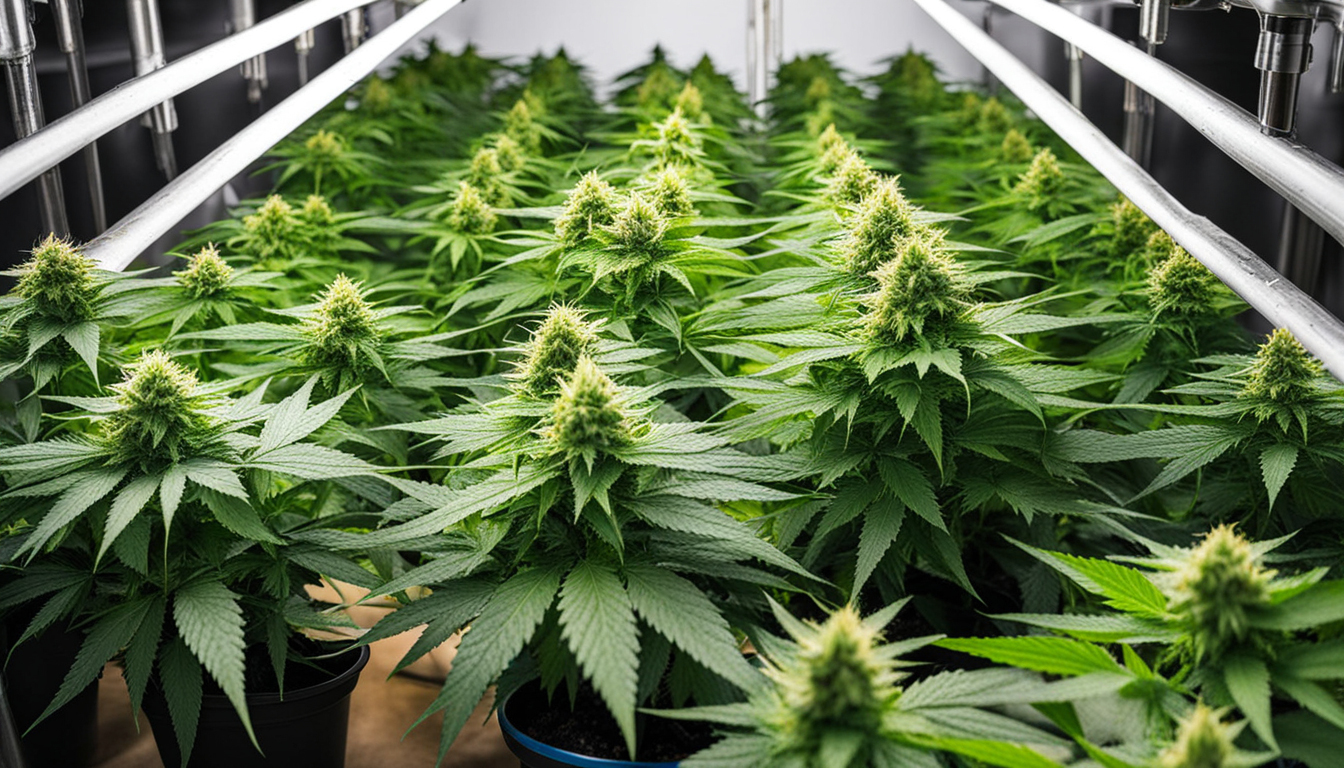
Growing Substrates
Cannabis can be grown in various mediums, each with benefits and cons. Pick a suitable option for your particular setup and growing style.
Soil
The classic substrate, soil is cheap and simple for beginners. It provides excellent taste but requires more watering and nutrients to feed plants. Amend soil with vermiculite or coco to improve aeration.
Coco Coir
Made from coir, renewable coco coir holds water but still allows air to the roots. It's cleaner and more consistent than soil. Use coco-specific fertilizers to prevent calcium buildup.
Water systems
In water systems, plant roots grow right in nutrient irrigation solution. This enables rapid development but needs careful monitoring of solution properties. Deep water culture and irrigation systems are popular techniques.
Sprouting Seeds
Sprouting activates your weed seeds to start sprouting taproots. This readies them for transplanting into their growing medium.
Paper Towel Method
Put seeds between moist paper towel and Donate Here maintain them moist. Inspect after a week for emerging taproots showing sprouting is complete.
Direct Planting
Plant seeds right into wetted growing medium 6mm deep. Gently water and wait 7-14 days until sprouts push through the top.
Cubic rockwool
Presoak rockwool cubes in pH-adjusted water. Place seeds 1⁄4 inch deep into the cubes. Keep cubes wet until sprouts emerge within 1-14 days.
Transplanting Young plants
Once germinated, cannabis seedlings need to be repotted to prevent crowding. Move them into appropriately sized containers.
Preparing Containers
Load large containers with growing medium amended with slow-release fertilizer. Let pots to absorb water for 8-12 hours before repotting.
Gently repotting
Gently separate seedling roots from sprouting medium using a spade. Put into pre-soaked container at same depth as before and lightly water in.
Vegetative Stage
The growth stage encourages foliage and plant form through 3/4 to full day of daily light exposure. This stage usually lasts 4-8 weeks.
Providing 3/4 to full day of Lighting
Use grow lights on a 24 hour cycle or natural sunlight to trigger constant photosynthesis. Lamp output influences height and node distance.
Nutrients
Use grow stage fertilizers richer in nitrogen. Make sure pH stays around 6.5 for proper nutrient absorption. Feed 1⁄4 to 1⁄2 strength after 2 weeks and increase slowly.
LST and topping
Fimming, LST, and trellising direct shoot shapes for flat foliage. This boosts yields.
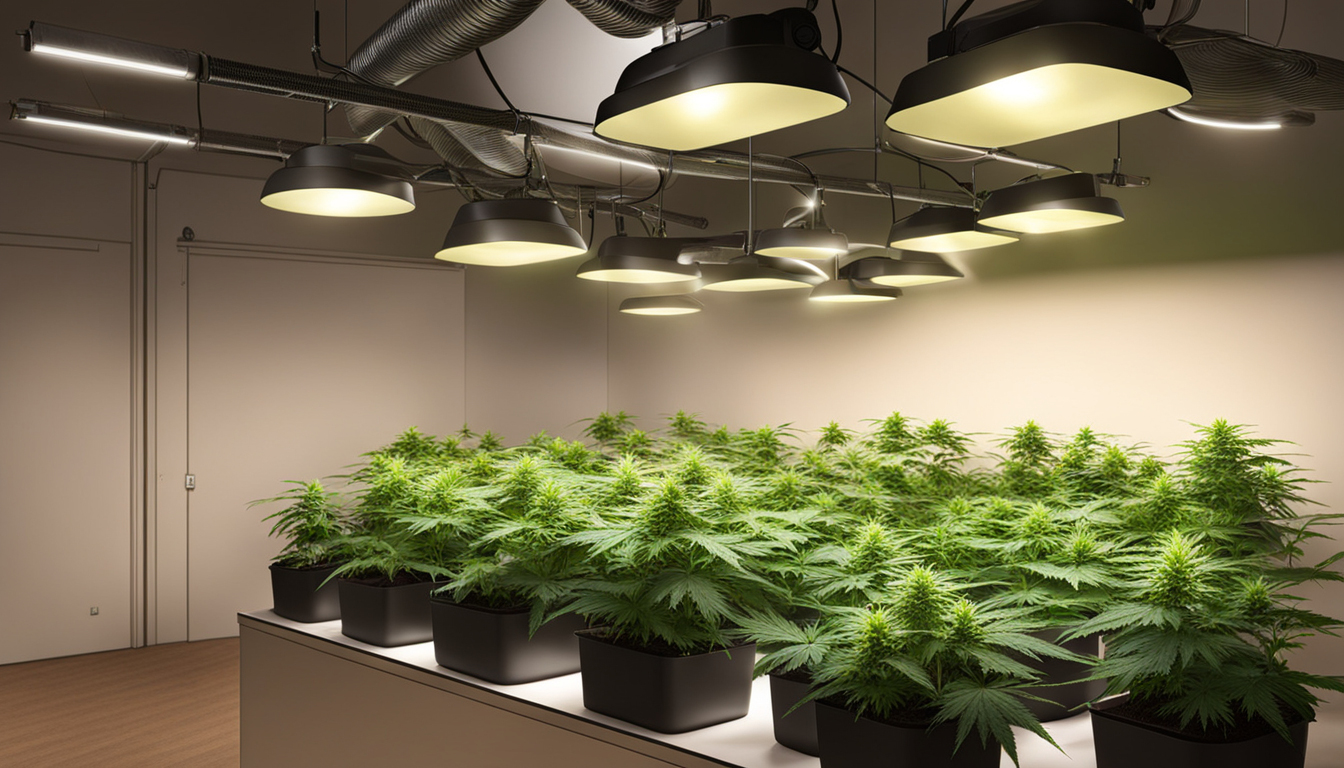
Bloom Stage
The blooming stage grows buds as plants reveal their sex under a 12/12 light schedule. It lasts 2-3 Watch Now months based on strain.
Changing Light Schedule
Switch lamps to 12/12 or place outdoors for natural 12/12 timing. This signals plants to begin blooming.
Stop Fertilizing
Flushing flushes out fertilizer residuals to improve taste. Feed lightly the first weeks then just use plain water the last Watch Now 2 weeks.
Flushing
Maintain 12 hour photoperiod but flush using pH-balanced water only. Return to plain watering if buds aren't ripe after two weeks.
Reaping
Knowing when cannabis is completely mature delivers maximum cannabinoid content and aroma. Harvest plants at optimal maturity.
Identifying Ripeness
Check fading pistils, swelling calyxes, and 10-15% amber trichomes. Inspect buds across the plant as they don't all mature evenly.
Cutting Plants
Use clean, sharp trimming scissors to gently cut each plant at the base. Keep 5-10cm of stem attached.
Curing
Hang whole plants or colas upside down in a dark room with moderate temperature and RH around 45-65% for 1-2 weeks.
Curing
Aging continues drying while improving the buds like fine wine. This technique smooths harshness and intensifies cannabinoid contents.
Curing containers
Trim cured buds from stems and store into sealed containers, filling about 75% capacity. Use a hygrometer to monitor jar moisture.
Opening jars daily
Open containers for a few hours each day to slowly lower moisture. Remoisten buds if RH drops below 55%.
Final Cure
After 14-21 days when humidity levels off around 55-65%, do a final manicure and store forever in sealed jars.
Troubleshooting
Even seasoned growers run into different weed plant problems. Detect issues soon and address them correctly to maintain a vibrant garden.
Nutrient Deficiencies
Chlorosis often indicate inadequate nitrogen. Anthocyanins and leaves show low phosphorus. Check pH and boost fertilizers gradually.
Bugs
Spider mites, fungus gnats, mites, and root aphids are frequent cannabis pests. Use organic sprays, ladybugs, and sticky traps for organic control.
Mold
Excessive humidity promotes botrytis and bud rot. Increase airflow and venting while reducing humidity under 50% during flowering.
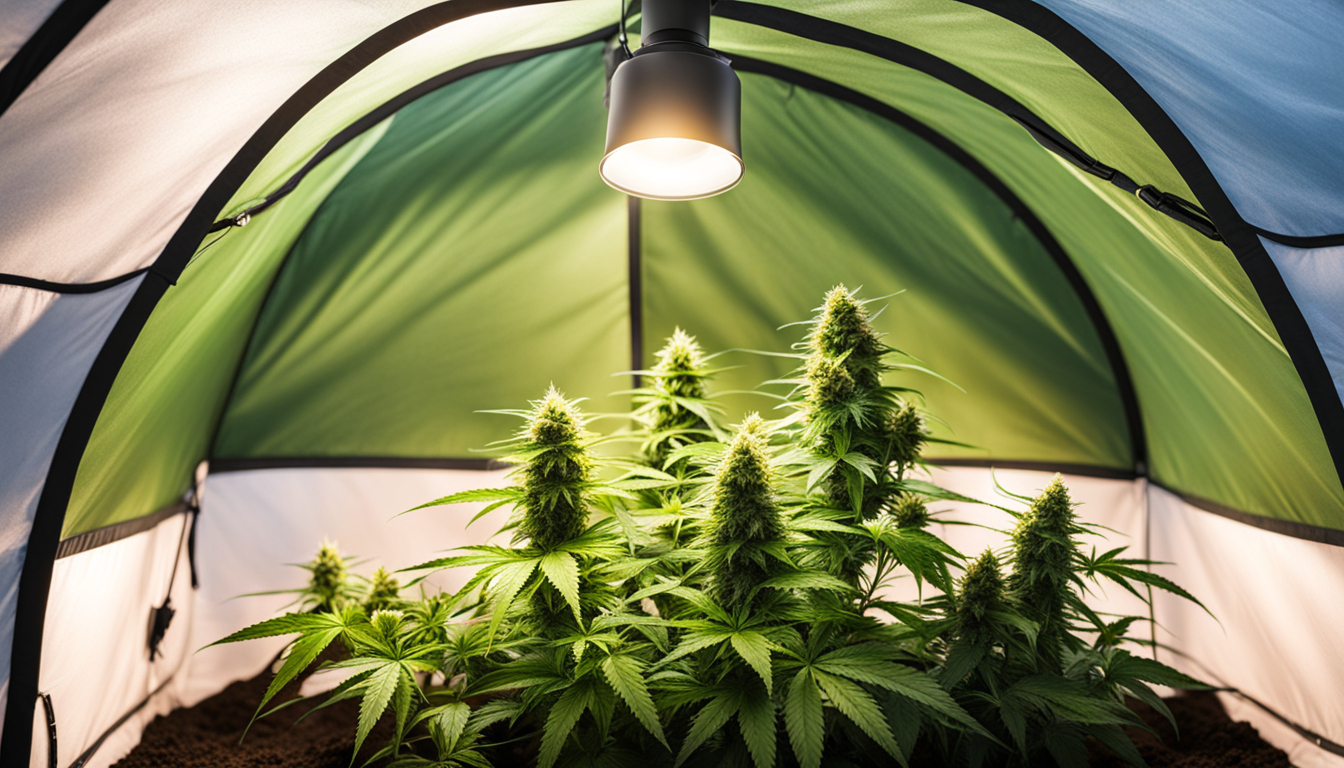
Conclusion
With this complete indoor weed growing guide, you now have the knowledge to grow plentiful strong buds for private harvests. Follow these steps and methods during the seed starting, vegetative, and flowering stages. Spend in good equipment and carefully monitor your plants. In time, you'll be compensated with sticky aromatic buds you grew yourself under the loving care of your green hands. Good luck cultivating!